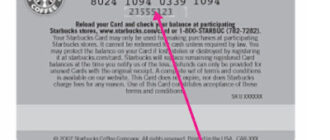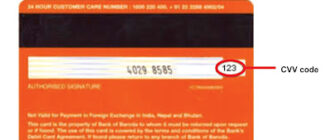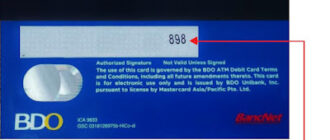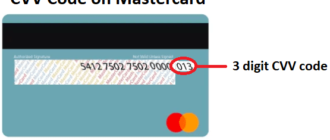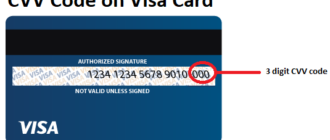Introduction
As digital banking becomes more accessible, bank cards are increasingly used by pensioners to manage their finances. A key security feature of these cards is the CVC (Card Verification Code), which protects against unauthorized transactions. This article explores what the CVC code is, its importance for pensioners, and the best practices for ensuring their financial security.
What is a CVC Code?
The CVC (Card Verification Code) is a three-digit security code found on the back of a bank card, next to the signature strip. It acts as an extra layer of protection, particularly for online transactions, where the physical presence of the card cannot be confirmed. The CVC ensures that only the cardholder can authorize transactions, reducing the risk of fraud.
How is the CVC Code Used?
The CVC code is required during transactions that do not involve physically swiping or inserting the card, such as:
- Online Purchases: When buying items from e-commerce platforms, pensioners are asked to enter their CVC code alongside other card details to confirm the transaction.
- Money Transfers: Some banks require the CVC code to verify card ownership during online fund transfers.
- Service Payments: Utility bills, subscriptions, or medical services paid online often require CVC code verification.
Real-Life Examples of CVC Code Usage Among Pensioners
- Maria Ivanovna’s Online Shopping Experience
Maria Ivanovna, a pensioner from Moscow, started using her new bank card for online shopping. While making her first purchase, she was prompted to enter the CVC code. Following the bank’s instructions, she entered the code securely on the payment page, ensuring a smooth and successful transaction. This experience gave her confidence in managing online payments independently. - Petr Semenovich’s Quick Response to Card Loss
Petr Semenovich, a retiree in St. Petersburg, misplaced his card during a trip. Knowing the risks, he immediately contacted his bank through a mobile app to block the card. When the replacement card arrived, he memorized the new CVC code and kept the card secure, ensuring peace of mind in his financial activities.
Precautions for Pensioners to Protect the CVC Code
To safeguard their financial assets, pensioners should follow these best practices:
- Never Share the CVC Code
Avoid disclosing the code to anyone, even if they claim to be from the bank. Real bank representatives will never ask for this information. - Avoid Entering the Code on Suspicious Websites
Pensioners should only enter their CVC code on trusted and secure websites with HTTPS in the URL. - Block Lost or Stolen Cards Immediately
If a card is lost or stolen, pensioners should notify their bank immediately to block the card and prevent unauthorized use. - Regularly Monitor Transactions
By checking bank statements or using mobile banking apps, pensioners can quickly detect and report any suspicious activity. - Use Virtual Cards for Online Transactions
Some banks offer virtual cards with temporary CVC codes for online purchases, adding an extra layer of security.
Why is the CVC Code Important for Pensioners?
- Fraud Prevention
The CVC code ensures that only the cardholder can authorize transactions, reducing the risk of financial fraud. - Ease of Use
Memorizing the simple three-digit code allows pensioners to conduct transactions independently, fostering financial autonomy. - Confidence in Digital Transactions
With proper knowledge and precautions, pensioners can confidently navigate online payments and services.
Conclusion
The CVC code is an essential tool for securing financial transactions, especially for pensioners who are adapting to modern banking. By understanding its purpose and following simple security measures, pensioners can protect their funds from fraud while enjoying the convenience of digital financial services.
Ensuring the safe use of CVC codes is not just a precaution but a step towards financial empowerment for pensioners, allowing them to engage confidently in the digital economy.

